Core Progression – How to Level Up Your Core Training Safely Part 6 Core Strength Training
- Ross Geldart
- Jun 13
- 2 min read
Updated: Oct 21
Now that you’ve built a strong foundation, it’s time to level up.
Core training isn’t just about repeating the same plank every week. If you want your strength to keep improving (and your body to keep adapting), you need a smart, progressive approach.
This post will show you exactly how to do that - without risking injury or sacrificing form.
Why Progression Matters
Your core is like any other muscle group - it needs progressive overload to grow stronger.
But with core training, this doesn’t always mean adding more weight. It can also mean:
Increasing time under tension
Reducing stability
Adding movement complexity
Combining upper/lower body coordination
Increasing resistance through load or bands
The goal is challenge with control - not chaos.
The Core Progression Pyramid
Here’s a simple structure to follow as your strength improves:
Level 1 – Activation & Stability (Beginner)
Master the basics with control, posture, and breathing.
> Examples:
Dead Bugs
Glute Bridges
Forearm Planks
Bird Dogs




Focus: Breath control, spinal alignment, low-intensity holds
Level 2 – Anti-Movement & Bracing (Foundation)
Train your core to resist unwanted motion—rotation, extension, and flexion.
> Examples:
Glute Bridge March
Bear Crawl Shoulder Taps
Side Planks
Focus: Tension without movement, maintaining control under load
Level 3 – Controlled Dynamic Core (Intermediate)
Start introducing movement without sacrificing core engagement.
> Examples:
Butterfly Sit-Up’s
Supine Hip Lifts
Plank Pull-Throughs
Focus: Moving through full ranges with a stable spine and braced core
Level 4 – Integrated Core & Load (Advanced)
Bring your core into full-body movements and loaded exercises.
> Examples:
Hollow Hold With Dumbbell
Scorpion Kicks
Weighted Carries (Suitcase/Farmer)
Focus: Stability under load, power transfer between limbs, dynamic control
When Should You Progress?
Ask yourself:
Can I maintain proper form under fatigue?
Am I engaging my core or just going through the motions?
Is my lower back compensating?
Am I still being challenged?
If it’s too easy and you’ve mastered the basics, you’re ready to level up.
> But remember: progression only works if your foundation is solid.
Sample Core Progression Workout (Bodyweight Only)
Week 1–2: Foundation Focus
20s Dead Bug Hold
30s Glute Bridge
20s Side Plank (each side)
2 rounds
Week 3–4: Anti-Movement Intro
10 Pallof Presses (each side)
30s Plank Shoulder Taps
20s Side Plank with Reach Under
3 rounds
Week 5–6: Dynamic Core
10 Plank Pull-Throughs
12 Leg Raises
8 Lunge with Rotation (each side)
3 rounds
Keep progressing by increasing difficulty, reps, or duration—but always prioritise control.
Coming Next:
Part 7 – Core Recovery: Why Rest, Mobility, and Breathing Matter for a Stronger Core
Strength comes from recovery just as much as repetition. In the next post, we’ll cover how to support your core with proper rest, mobility work, and breath training.
Ready to take your core training to the next level?
Check out my 12 Week Core Progression Programme HERE
Speak Soon
Ross
Stronger every week. Smarter every rep


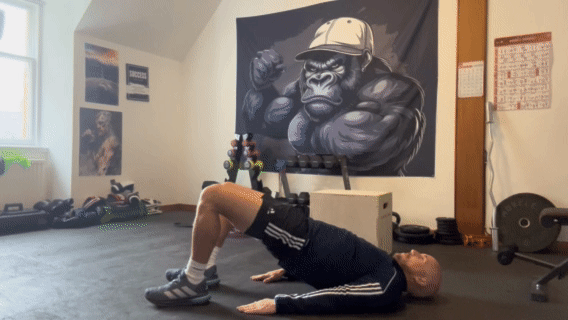
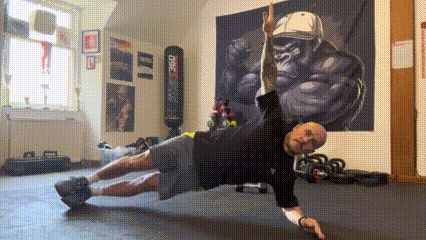

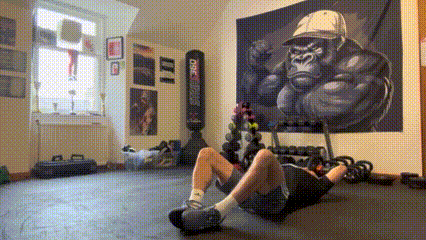
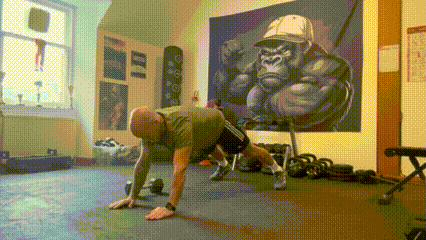

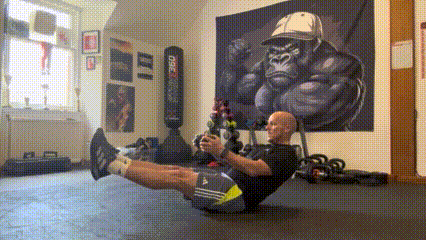
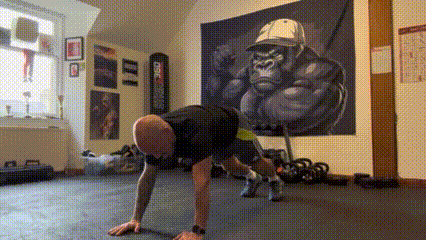
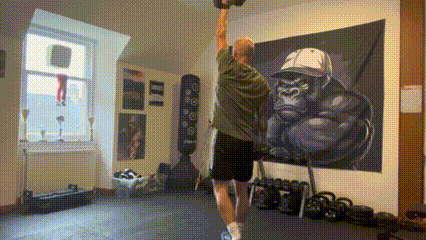
Comments